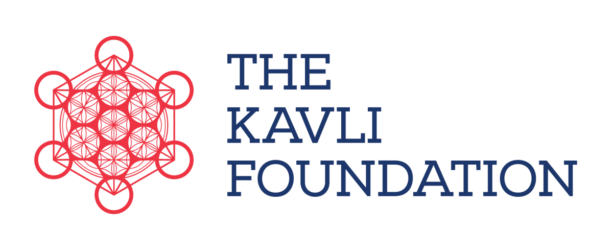The NANOGrav 12.5-Year Data Set: Knocking at the Gravitational Wave Door
AP/Physics ColloquiumSpeakerMaura McLaughlin (West Virginia University) via zoom
Zoom info: https://stanford.zoom.us/j/98679428423?pwd=R2srK1ZoUXZTeUdVTkorZEZsZ0Rt…
Millisecond pulsars are rapidly rotating neutron stars with phenomenal rotational stability. The NANOGrav collaboration monitors an array of about 80 of these cosmic clocks in order to detect perturbations due to gravitational waves at nanohertz frequencies. These gravitational waves will most likely result from an ensemble of supermassive black hole binaries. Their detection and subsequent study will offer unique insights into galaxy growth and evolution over cosmic time. I will present our most recent dataset and the results of our gravitational wave analysis, which suggests the presence of a common spectral signature in the data that could be the first hints of a gravitational wave background. I will then describe the gains in sensitivity that are expected from additional data, discoveries of millisecond pulsars, more sensitive instrumentation, and international collaboration and discuss prospects for detection in the next several years.
